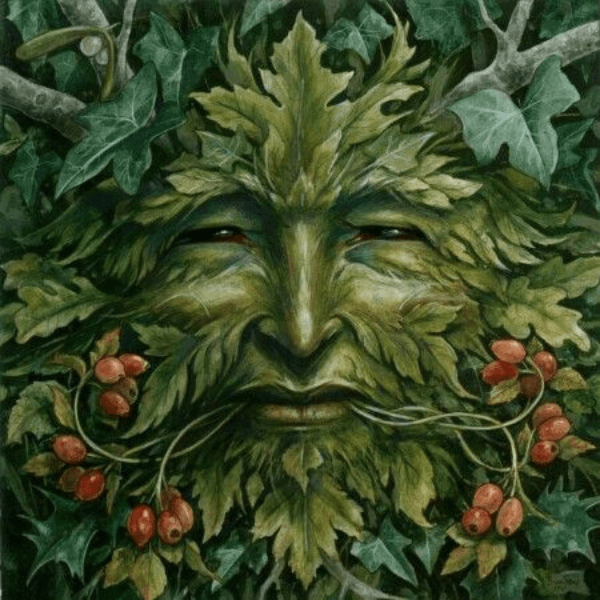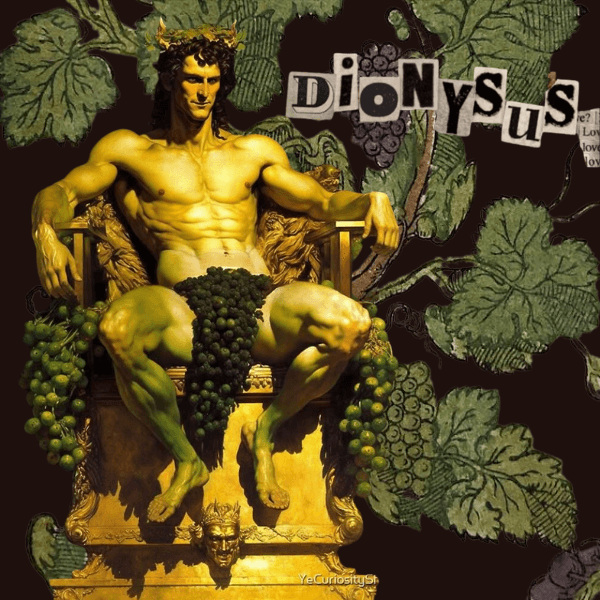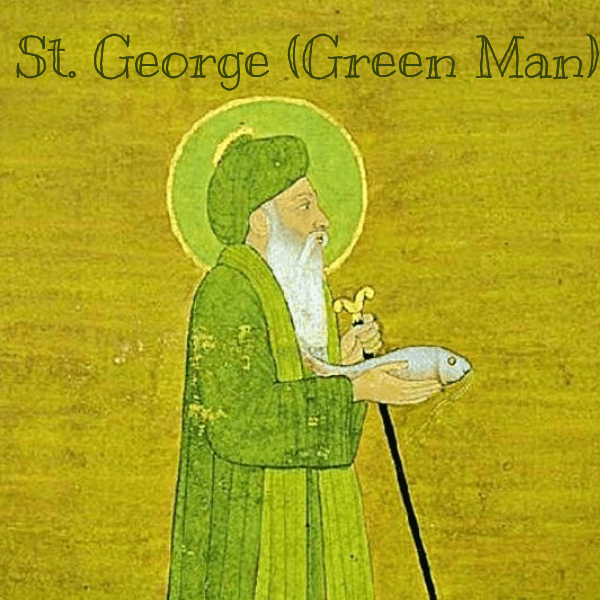Every year on May 5th, wishes whisper through rose branches, bonfires flicker in twilight fields, and nature seems to lean in to listen. This is Hıdırellez—a night of renewal, hope, and earthy magic. But who are we really invoking when we make a wish to the wild forces of spring? Enter: The Green Man.
What Does the Green Man Symbolize?

The Green Man is more than a leafy face carved into cathedrals or tucked into medieval tapestries. He is an archetype of nature’s eternal rebirth, a spirit who dies each autumn and returns each spring, lush and laughing. In spiritual and symbolic terms, he represents:
- The cycle of death and rebirth
- Masculine vitality intertwined with the Earth
- Regeneration, fertility, and wild wisdom
Far from being a “god” in the rigid sense, the Green Man flows through myth, folklore, and the subconscious like sap through spring roots.
The Green Man Archetype: Son, Lover, and Guardian

As a naturalist and artist William Anderson beautifully explains, the Green Man is the eternal youth born of two sacred opposites: Sky Father and Earth Mother. He descends into the underworld, only to rise again, each time in a new form. He is the son, lover, and protector of the Great Goddess. Like her, he is linked to the ancient symbol of the ouroboros—the snake that eats its own tail—symbolizing timeless cycles, inner transformation, and nature’s self-renewing intelligence.
In this sense, the Green Man isn’t just a symbol of spring. He’s a reflection of our own psyche: the part that grows back after pain, that blossoms after a long inner winter. His image often appears surrounded by leaves, but his true foliage is psychological. He is that which keeps living in us when we think everything has withered.
Green Man and the Wild Ones
In different cultures, the Green Man wears different masks:
- In Greek mythology, he appears as Dionysus, the god of wine, fertility, and sacred madness. Dionysus is born, dies, and is reborn again—his festivals mark the cycle of the vine and the chaos of creative ecstasy. Like the Green Man, Dionysus represents nature’s wild abundance and the breakdown of rigid boundaries.

- In Islamic mysticism, Khidr (al-Khidr) is a mysterious, immortal figure dressed in green. He appears when one is lost—offering guidance, spiritual insight, and protection. On the night of Hıdırellez, believed to be the meeting of Khidr and the prophet Elijah, wishes are made to honor nature and the divine cycle of life. Khidr’s presence mirrors the Green Man’s themes of renewal, hidden wisdom, and natural magic.

- In Celtic traditions, the Green Man takes form as forest spirits, the Oak King, or the Wild Man of the woods. These figures live between the civilized world and the wilderness—guardians of the threshold, carriers of primal knowledge. They return in May Day festivals like Beltane, dancing through bonfires and blossoms.
So is the Green Man a deity? In a way—but not one you worship. He’s a presence you feel, especially when the wind rustles new leaves, when the forest breathes back at you, or when life unexpectedly returns after loss.

Is the Green Man Good or Bad?
He is neither. Like the forest itself, he gives and takes. He is chaotic growth and quiet shelter. He is the wild truth beneath the surface. If you dream of him or feel drawn to his symbols, your psyche may be inviting you to reconnect with:
- Your instinctual self
- The rhythm of natural cycles
- Inner growth through outer decay
Final Sprout
As we light the fires of Hıdırellez and tie our dreams to rose branches, the Green Man lives again—in every shoot of grass, every spring breeze, every whispered wish. He reminds us that to grow is to risk, to wilt is to return stronger, and that the soul, like nature, always finds a way.
